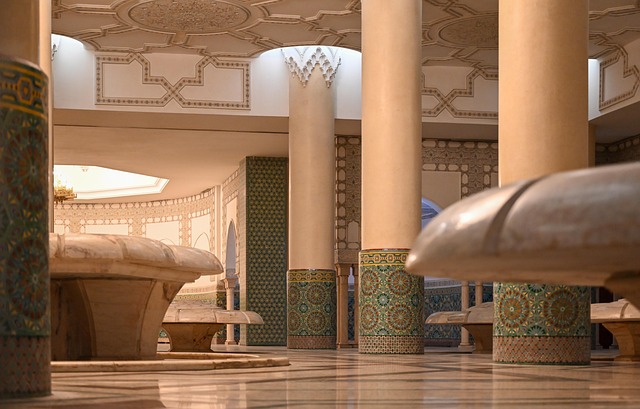Mosaik Magic: Exploring Line Patterns in Fine Arts and Culture
When we think about art, we often envision vivid colors and enchanting forms. However, there is an underlying language that communicates emotions and ideas even more powerfully: the line pattern. These intricate visual elements can transform a simple canvas into a dynamic tapestry of culture and expression, enriching the narrative of fine arts.
Line patterns are the unsung heroes of art. They embed rhythm and structure, guiding the viewer’s eye through the piece. From the fluid strokes of brushwork in an abstract painting to the geometric precision found in traditional mosaics, line patterns encapsulate the artist’s intention, creating a dialogue between the artwork and its audience. They may evoke feelings of harmony, chaos, or even nostalgia, bridging the gap between historical context and modern interpretation.
Fine Arts and Their Line Patterns
Within the realm of fine arts, line patterns serve as the backbone of many iconic works. Take, for example, the mesmerizing creations of the Impressionist painters. Their use of broken lines and dashes invites viewers to experience movement and light in a way that speaks to the essence of a moment. Similarly, in abstract expressionism, line patterns can convey emotions that words often fail to grasp, allowing for a visceral connection to the artwork.
On the other hand, the meticulous line patterns in classical works reflect precision and mastery. Great artists like Albrecht Dürer and Leonardo da Vinci employed delicate lines to render depth and form, teaching us that with each stroke comes intention—a profound lesson that transcends time.
Culture Reflected in Line Patterns
Line patterns are not only a technique of fine arts; they are cultural artifacts. Every civilization has its unique relation to lines, often reflective of social and historical contexts. Ancient Egyptian hieroglyphics, for instance, employed line patterns to convey stories, while Islamic art showcases intricate geometric line patterns that symbolize the infinite nature of the divine.
The beauty of line patterns is that they echo the cultural narratives of their time, inviting us to explore the stories hidden within each twist and turn. In contemporary culture, street art offers a powerful extension of this concept, where chalky lines and bold tags create a dialogue about urban living and identity. Each line tells a story that intertwines with the rhythms of the city, drawing viewers into the collective experience of communities.
The Art of Mosaik
Mosaik, a delicate craft that merges art and culture, showcases line patterns in their purest form. Composed of small pieces of glass, stone, or ceramics, each tile is carefully placed, relying on lines to create beautiful compositions. The final result is not just a work of art; it is a narrative that draws from the rich heritage of the cultures from which it originates.
Consider the exquisite mosaics from the Byzantine era, where each line was meticulously crafted to narrate biblical stories or historical events. The interplay of lines, both in the placement and in the colors chosen, evokes a textured history steeped in spirituality. Modern interpretations of mosaics also deliver these powerful messages, showcasing how traditional techniques continue to evolve while keeping cultural legacies alive.
In exploring line patterns within fine arts and culture, we unearth a treasure trove of insights. These artworks resonate more profoundly than mere visual experiences; they communicate history, identity, and the collective human experience. Whether you find serenity in classical pieces or vitality in contemporary forms, embrace the magic of line patterns that shape our world of art today.




